The Netherlands, a country famously known for its windmills and flat landscapes, has long been a pioneer in harnessing wind energy. Today, as the world shifts toward renewable energy sources, the Dutch continue to lead the charge in wind power innovation. With ambitious targets and cutting-edge technology, the Netherlands is transforming its energy landscape, proving that even a small nation can make a significant impact on global sustainability efforts.
Wind energy has deep historical roots in the Netherlands, dating back to the 17th century when traditional windmills were used for milling grain and draining water from low-lying lands. These iconic structures laid the groundwork for modern wind turbines, which now dot the Dutch countryside and offshore waters. The transition from wooden mills to towering steel turbines reflects the country’s enduring commitment to harnessing the power of the wind.
In recent years, the Dutch government has set aggressive renewable energy targets, aiming to generate 70% of its electricity from wind and solar by 2030. A key component of this strategy is the rapid expansion of offshore wind farms. The North Sea, with its strong and consistent winds, provides an ideal environment for large-scale wind energy projects. The Netherlands has already made significant strides in this area, with projects like the Borssele Wind Farm, one of the largest offshore wind farms in the world.
Offshore wind farms are particularly crucial for the Netherlands due to limited land availability. The country’s dense population and high demand for land for agriculture and urban development make offshore expansion a practical solution. By focusing on offshore wind, the Dutch can maximize energy production without compromising valuable terrestrial space. This approach also minimizes visual and noise disturbances for residents, making it a more socially acceptable form of renewable energy.
The Dutch have also been at the forefront of integrating wind energy into their existing energy infrastructure. Smart grid technology and advanced energy storage systems ensure that the electricity generated by wind farms is efficiently distributed and stored. This is particularly important given the intermittent nature of wind power. By leveraging innovations like battery storage and demand-response systems, the Netherlands can maintain a stable energy supply even when wind conditions fluctuate.
Collaboration between public and private sectors has been instrumental in advancing wind energy projects. The Dutch government provides subsidies and incentives to encourage investment in renewable energy, while private companies bring technical expertise and financial resources to the table. This partnership has accelerated the development of wind farms and fostered a thriving green energy sector. Companies like Shell and Ørsted have played pivotal roles in financing and constructing offshore wind projects, demonstrating the potential for corporate involvement in sustainability initiatives.
Despite these successes, challenges remain. One of the most pressing issues is the environmental impact of wind turbines on marine ecosystems. While wind energy is clean in terms of emissions, the construction and operation of offshore turbines can disrupt marine life. The Dutch are addressing these concerns through careful site selection, environmental impact assessments, and the development of turbine designs that minimize harm to wildlife. Research is ongoing to find ways to make wind energy even more eco-friendly.
Another hurdle is the need for skilled labor to build and maintain wind farms. The rapid growth of the wind energy sector has created a demand for engineers, technicians, and other specialists. To meet this demand, Dutch educational institutions have expanded their renewable energy programs, offering courses and training in wind turbine technology. This focus on education ensures that the workforce is prepared to support the country’s green energy transition.
The Netherlands is also exploring innovative ways to enhance the efficiency of wind turbines. Floating wind turbines, for example, are being tested as a way to harness wind energy in deeper waters where traditional fixed-bottom turbines are not feasible. These floating structures could open up new areas for wind farm development, further increasing the country’s renewable energy capacity. Additionally, advances in turbine blade design and materials are making wind energy more cost-effective and reliable.
Public support for wind energy in the Netherlands remains strong, though not without occasional opposition. Some communities have raised concerns about the visual impact of turbines or the noise they produce. To address these issues, the government and energy companies engage in extensive community consultations, ensuring that local voices are heard in the planning process. By fostering transparency and inclusivity, the Dutch aim to balance national energy goals with the needs and preferences of individual communities.
Looking ahead, the Netherlands is poised to remain a global leader in wind energy. The country’s combination of technological innovation, strategic planning, and collaborative partnerships provides a model for other nations seeking to transition to renewable energy. As climate change becomes an increasingly urgent issue, the Dutch experience demonstrates that bold action and long-term vision can yield tangible results.
The story of wind energy in the Netherlands is one of tradition meeting modernity. From the historic windmills that symbolize Dutch ingenuity to the sleek turbines that now power homes and businesses, the country’s journey reflects a deep-seated commitment to sustainability. With continued investment and innovation, the Netherlands is not just harnessing the wind—it’s shaping the future of energy.
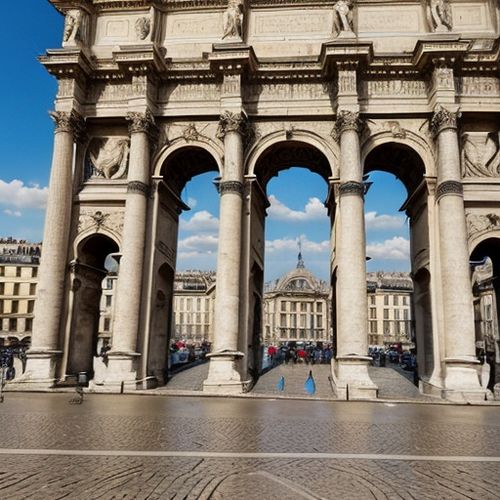
By Laura Wilson/Apr 14, 2025

By Joshua Howard/Apr 14, 2025

By John Smith/Apr 14, 2025
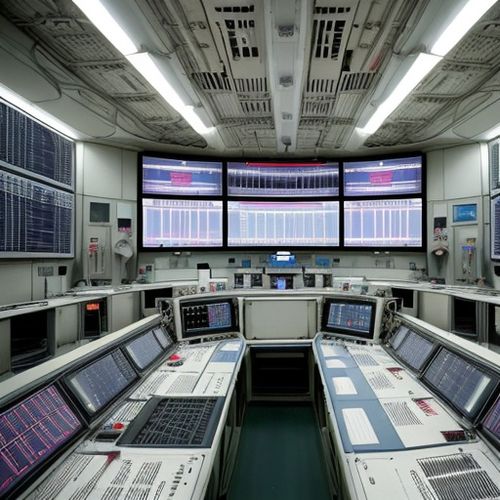
By George Bailey/Apr 14, 2025

By Thomas Roberts/Apr 14, 2025
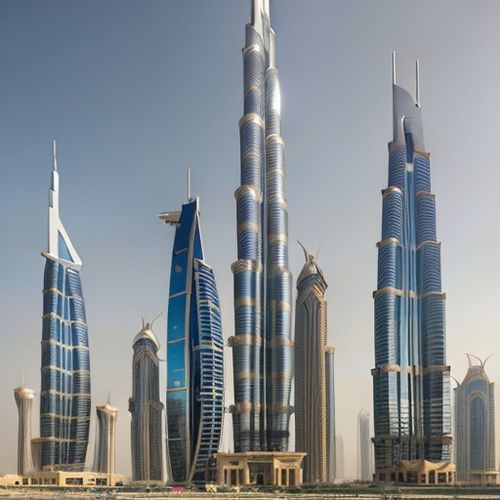
By Amanda Phillips/Apr 14, 2025
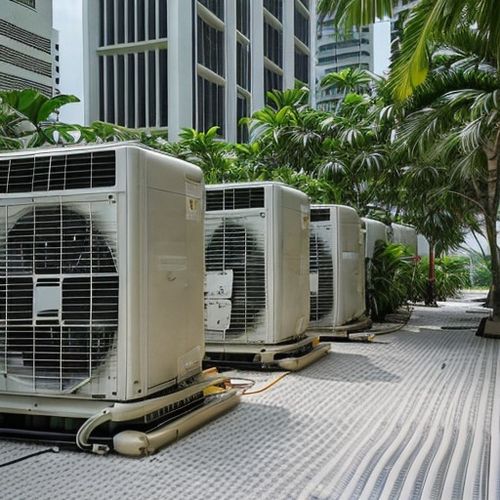
By Daniel Scott/Apr 14, 2025
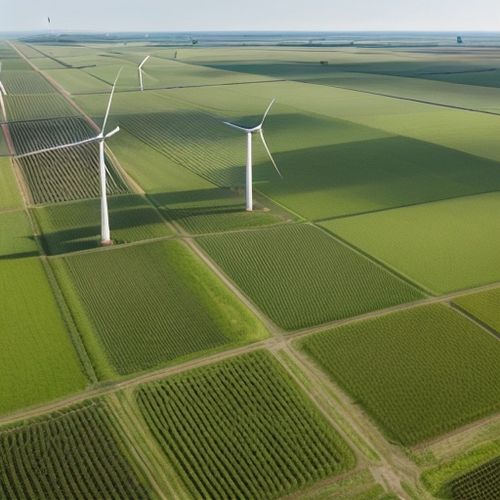
By John Smith/Apr 14, 2025
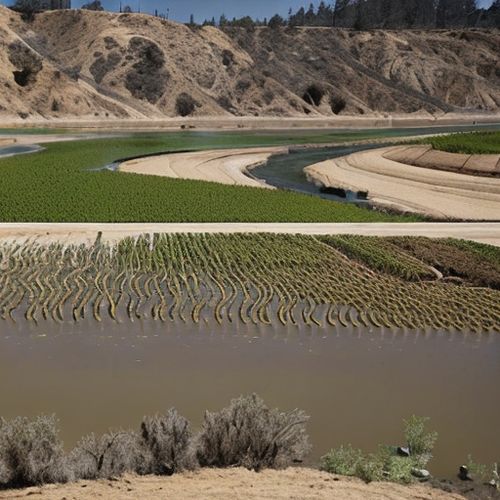
By Amanda Phillips/Apr 14, 2025
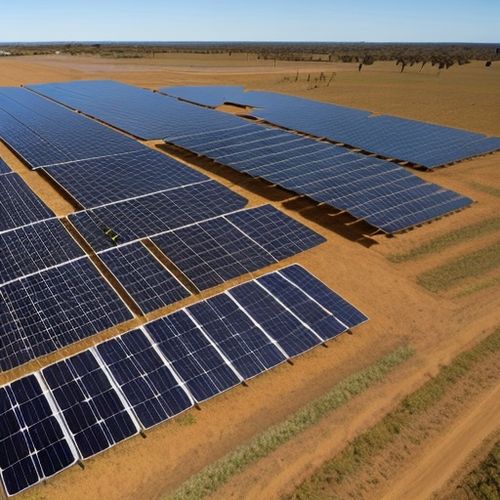
By Christopher Harris/Apr 14, 2025
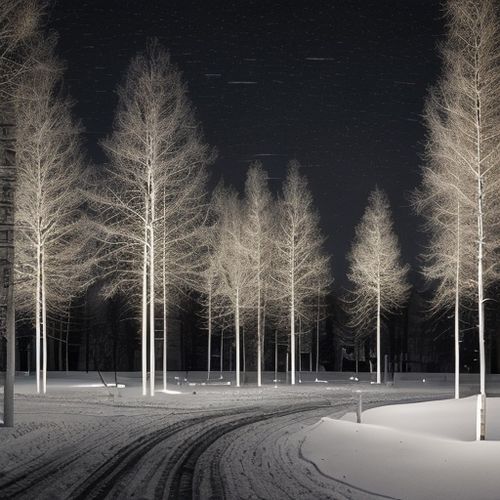
By Eric Ward/Apr 14, 2025

By Eric Ward/Apr 14, 2025

By David Anderson/Apr 14, 2025
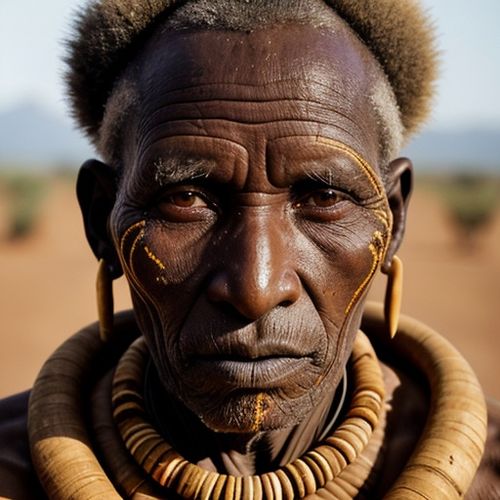
By Thomas Roberts/Apr 14, 2025
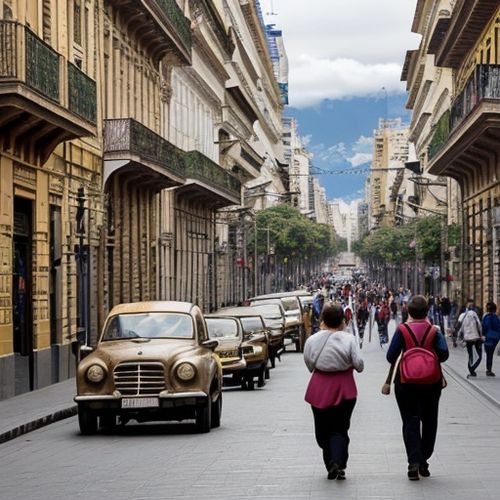
By Grace Cox/Apr 14, 2025
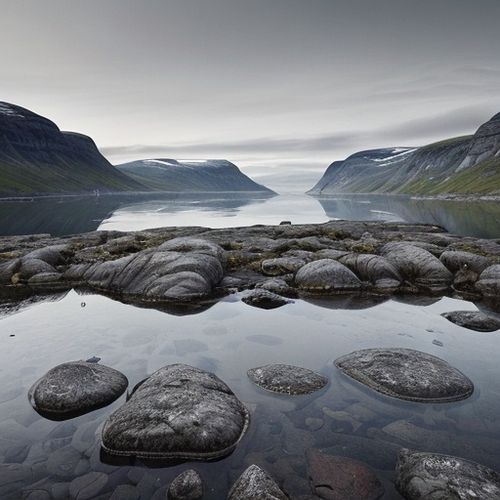
By George Bailey/Apr 14, 2025
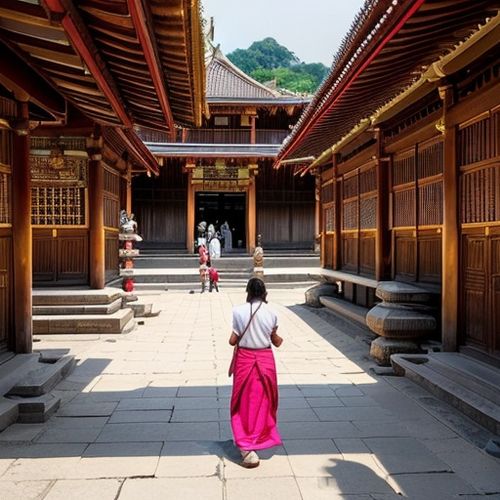
By Ryan Martin/Apr 14, 2025

By Thomas Roberts/Apr 14, 2025
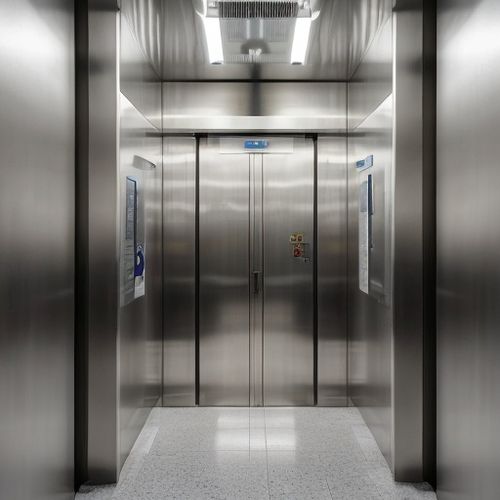
By Samuel Cooper/Apr 14, 2025

By Rebecca Stewart/Apr 14, 2025